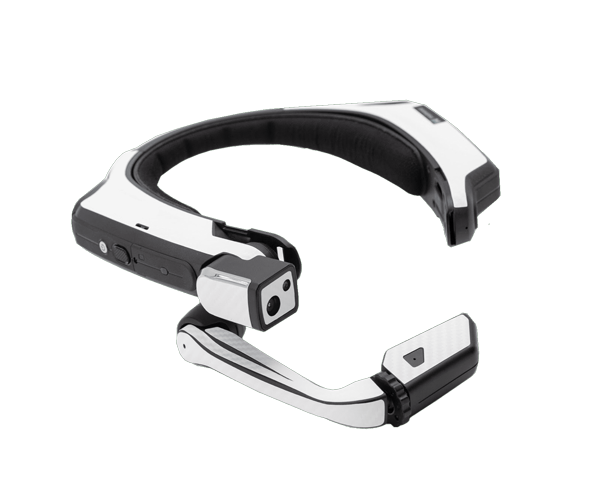Remote care has always played a supporting role within the realm of healthcare services. In its earliest forms, information exchange between healthcare providers occurred via telegraph, telephone, and fax machine. Fast forward to present day, the technology involved in remote care has evolved and its accelerated need, spurred by the Covid-19 pandemic, has pushed virtual care services centre stage.
As countries continue to ease restrictions and open their borders, the spotlight on virtual care shows no signs of dimming.
What is Virtual Healthcare?
In a nutshell, Virtual Healthcare uses technology to enable healthcare providers to improve communication flow and services between themselves and with their patients for remote clinical and non-clinical purposes.
The terminology surrounding virtual care can be confusing with terms such as telehealth, telemedicine and digital health used to describe its various aspects. Ultimately, the focus remains on the patient; virtual healthcare aims to provide the right level of care at the point of care.
What does this look like?
Virtual care can range from a patient using telehealth for non-clinical services such as accessing their medical records through a portal; a nurse using telehealth services to continue medical education; a physician using telemedicine to provide clinical services such as a video-visit for follow-up care; and a healthcare team of pharmacists, physicians and physiotherapists using patient information sent from digital health tools to monitor the effects of administered medications.
The accessibility and flexibility of virtual care makes it attractive for providers and recipients of healthcare services.
Benefits for Providers
The growth of medical knowledge used to take decades. It is predicted that as of the year 2020, the total body of medical knowledge doubles every 73 days. Despite this acceleration, the number of hours one has in a day to absorb this information remains the same.
The ability for healthcare teams in two different locations to exchange communications (medical records, images, medical documentation, procedures, etc.) synchronously and asynchronously aids the delivery and review of care.
In addition to the exchange of information, opportunities arise for remote training and the exchange of skills between healthcare providers.
Benefits for the Patient
Eliminating unnecessary travel to clinics or hospitals means that patients do not have to take time off work and school or find child and elder care. This saves time and money and can also alleviate stress for patients and their families.
The accessibility of remote care can be a literal lifesaver for those living in rural areas that lack a working healthcare service structure. Patients with reduced mobility also benefit from ease of access to services.
The availability of healthcare services in the palm of one’s hand can be a contributing factor to patients’ peace of mind and satisfaction. Additionally, virtual care has been shown to improve the relationship between patient and provider.
Virtual Care in Action
Virtual care allows for the extension of clinical and non-clinical capabilities to further patient-centred care. This exchange of knowledge can help elevate the level of care in developing countries.
- RNZ Global uses telehealth to share patient information with physicians in the USA and secure second opinions. An example of this is the Teleradiology program which allows for all CTs, MRIs and Mammograms to be interpreted by American Board-certified radiologists.
- The Telemedicine capabilities at RNZ are ever expanding; the Telestroke program is the first of its kind in Nigeria and instantly links suspected stroke patients with American stroke neurologists, thus allowing for quicker diagnosis and appropriate care.

- RNZ doctors and nurses use head mounted tablets from Hippo Technologies which are 100% voice controlled. These devices are fitted with a camera, computer system, and built-in hard drive. Using the headset, a surgeon in the United States can assist a surgeon in a Nigerian operating room in real time; the American surgeon able to ‘see through the eyes’ of the Nigerian surgeon. The headset has online, and offline capabilities and footage can be recorded and assessed later for more in-depth analysis making it a training asset.
Virtual care is an emerging field that holds exciting capabilities for users at all ends.
